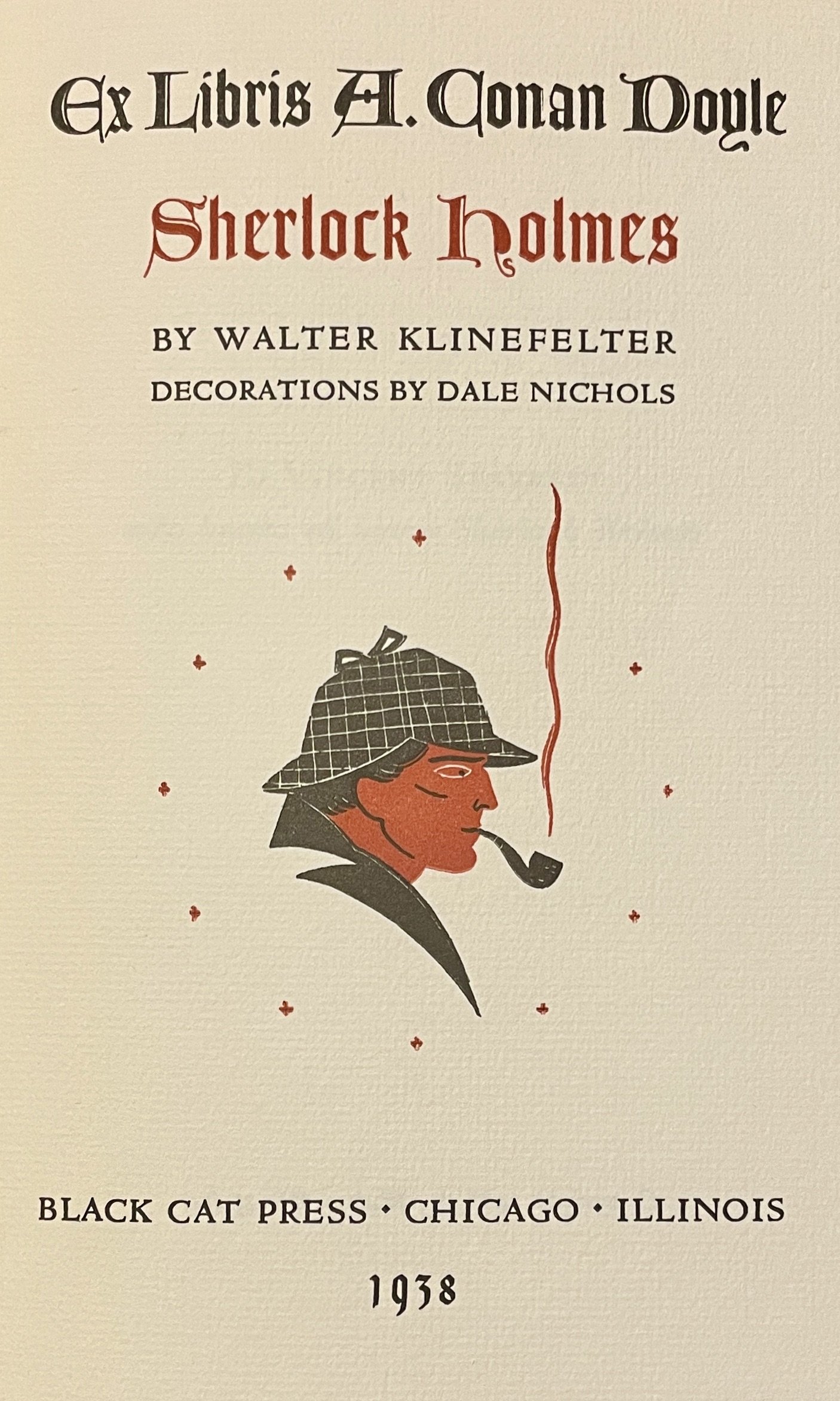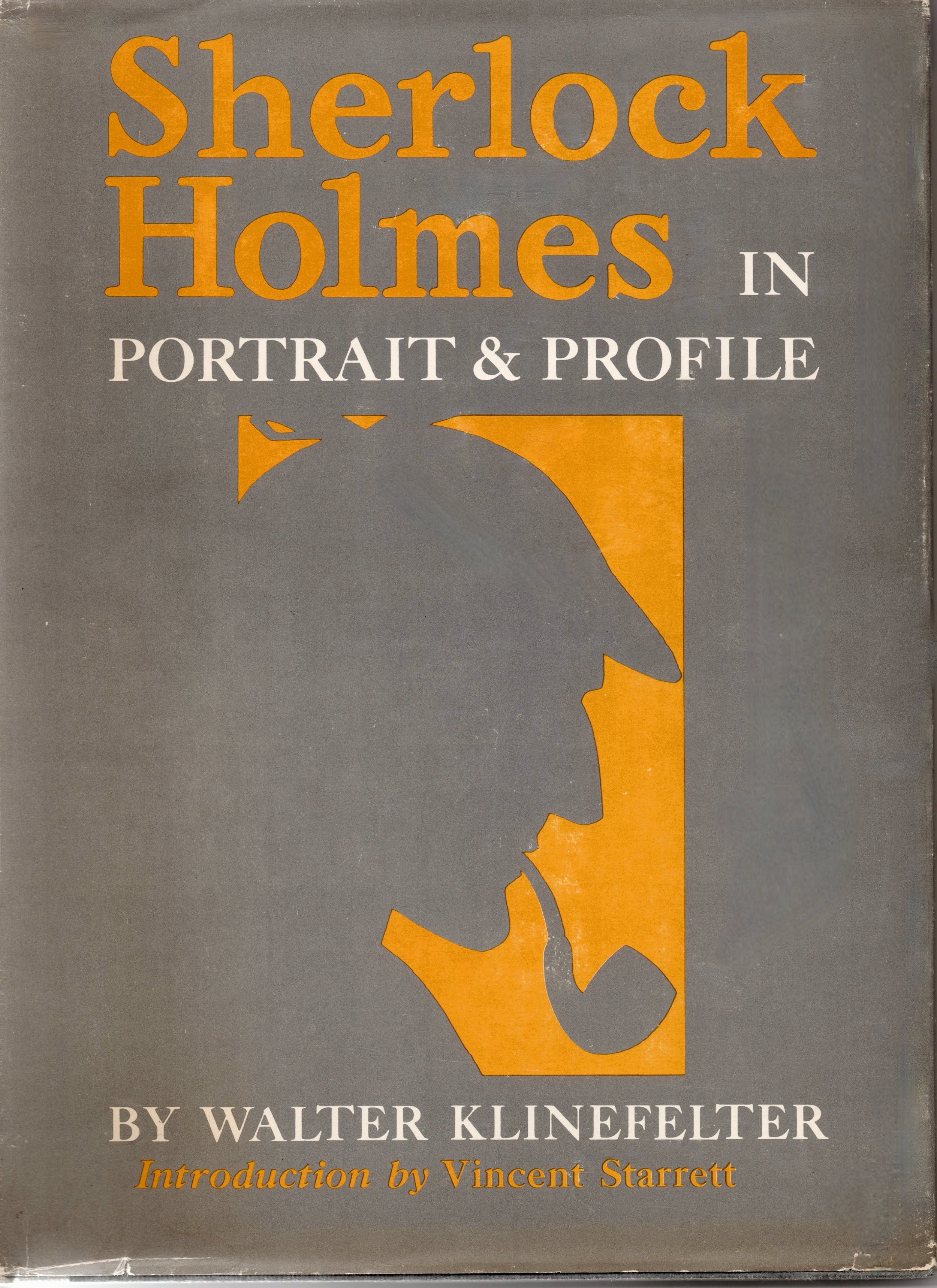Walter Klinefelter in Portrait and Profile, Part 2
We’re going to pick up right where we left off last time, looking at the Sherlock Holmes/Conan Doyle/Vincent Starrett publications of Walter Klinefelter.
Klinefelter’s dedication for Ex Libris A. Conan Doyle.
Ex Libris A. Conan Doyle
Let’s keep the chronological theme going and jump to September 1938, with Ex Libris A. Conan Doyle: Sherlock Holmes. The book was published by the well-respected Black Cat Press of Chicago, with Norman W. Forgue overseeing its publication. According to the Smithsonian Archives of American Art:
Fine printer Norman W. Forgue was working for Douglas McMurtrie at Ludlow Typographic Company when he started Black Cat Press in 1932. It produced more than 300 titles in its 42-year history, winning numerous awards from the American Institute of Graphic Arts and other graphic arts organizations.
The little book is dedicated to Vincent Starrett “who knows all about Sherlock Holmes.” It is also handsomely illustrated by Dale Nichols, who would later become the art editor of the Encyclopædia Britannica. Norman W. Forgue designed the final booklet. There were 250 copies printed by the Black Cat Press of Chicago in September, 1938.
There are two extended essays by Klinefelter here, plus a listing of Holmes’ own publications, an Epilogue and some notes. Here’s a sample from the first essay, “His Genesis and Make-up” to give you a sense of Klinefelter’s writing style:
In the domain of literary detection a certain Dupin first kinged it brilliantly enough to ensure immortality to the record of his reign. Unfortunately that reign was short, its record brief. Three stories, “The Murders in the Rue Morgue,” “The Mystery of Marie Rogêt,” and “The Purloined Letter,” tell us all we shall ever know about M. Dupin. After him there ensued an interregnum, and save for the notable Sergeant Cuff all aspirants to the line of his succession were adjudged pretenders until a new king of deduction arose in Sherlock Holmes.
In his Epilogue, Klinefelter explains his passion for Holmes, noting that “To the degree that the tensility of his imagination permits, every man fancies himself somewhat of a Sherlock Holmes.” After recognizing that we lack Holmes’ abilities, he acknowledges that our “bent is indulged vicariously.”
Why Holmes and not one of the other many detectives of literature? “Always, and above them all, there is Sherlock Holmes. After fifty years his popularity neither wanes nor gives sign of diminution. Let no one, not even the most ardent Sherlockophile, tremble for his place in the sun.”
For Klinefelter, admiring Sherlock Holmes meant admiring an icon for the ages.
A Conversation with Vincent Starrett
No Sherlock content here. In 1947, Klinefelter had 50 copies of a little softbound booklet published by the Anthoensen Press, in Portland, Maine. A Conversation with Vincent Starrett is a tour de force report of a conversation between Starrett and George Steele Seymour. Seymour was an auditor at the Pullman Company in Chicago by day, but was a poet and book collector in his spare time. He had a fine collection of books and autographs when he died in 1945 at the age of 68.
More importantly, Seymour and his wife were founding members in the early 1900s of The Bookfellows, a literary group that numbered Starrett among its first members.
It would appear that at one point in their long friendship, Seymour showed Starrett a British book catalogue which Seymour deemed “uninteresting.” “Impossible,” announced Starrett, who then started on a discourse as he went through the catalogue, identifying one intriguing listing after another.
The little booklet was apparently a surprise holiday gift for Starrett, based on these comments from his “Books Alive” column in the Chicago Tribune for Sunday, Feb. 8, 1948.
Sherlock Holmes in Portrait and Profile
Published by Syracuse University Press in 1963, the book would prove to be Klinefelter’s best known and most important addition to Sherlock Holmes studies. It had a long gestation period.
There are letters in the Andersen Library that indicate Klinefelter had been working on a book of Holmes illustrations since the late 1940s and early 1950s. At one point, he doubts that the book would ever be published because Conan Doyle’s sons were reluctant to give their okay. Or, as he puts it in a letter of Nov. 14, 1949, “The sons of the Agent seem indisposed about granting permissions, etc., for the Strand pictures.” (It is unclear to me what rights Conan Doyle’s sons had over Paget’s illustrations. That is another matter.)
An image from the book’s cover.
Even at this early stage, Klinefelter said he hoped that Starrett could provide a prefatory note.
But the biggest issue was not the illustrations or the text, but finding someone who was willing to take a risk on printing the book. Unlike some of the earlier booklets, Klinefelter could not come up with the money to produce it himself. The large number of illustrations meant the book was going to be expensive to print—a project that was beyond Klinefelter’s means.
As you can see, Kelley felt the book would have to sell for $10 or $12 in 1960. That would easily be more than $100 by today’s standards. In the end, he had to withdraw his support for the project.
Klinefelter tried a couple of printers he had used in the past, but each eventually rejected the project. For example, in the early 1960s, it looked like Don Greame Kelley, would give it a shot with his Feathered Serpent Press in San Anselmo, California. Kelley was a talented artist (he drew the bear that adorns the California state flag) and was hopeful that the book would be a winner, even though he felt it would be expensive to sell because of the many illustrations. Continued correspondence among the three showed little movement for quite some time. After a few years, Kelley dropped his support and Klinefelter went shopping again for a publisher.
Finally Klinefelter went to Syracuse University Press, which had shown interest in a few of his other projects. Syracuse must have recognized the book would sell to a more general audience as well and decided to take it on.
(The photo gallery below shows you several “spreads” from the finished book. They give you a sense of just how many illustrations were scattered throughout the work.)
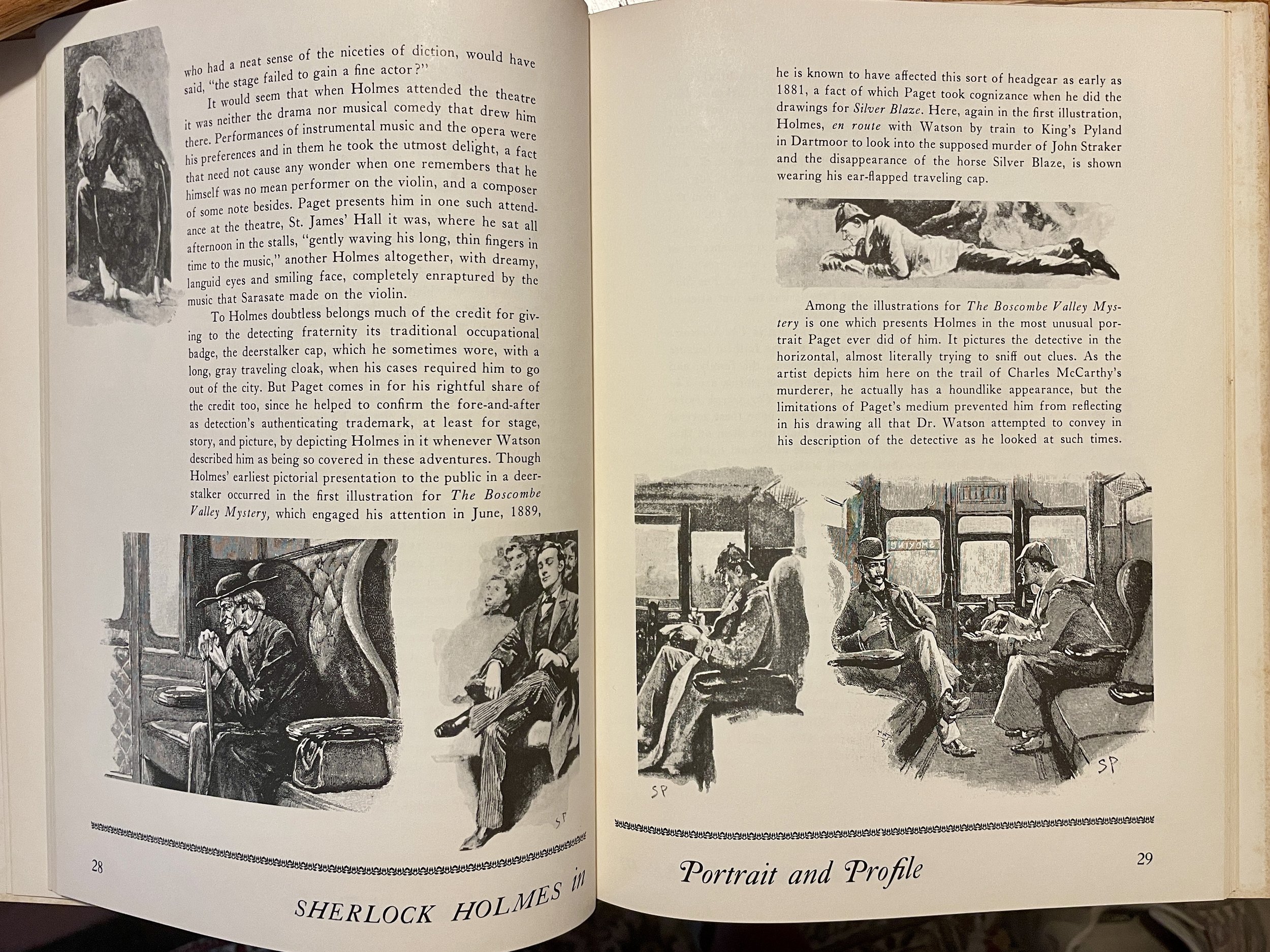
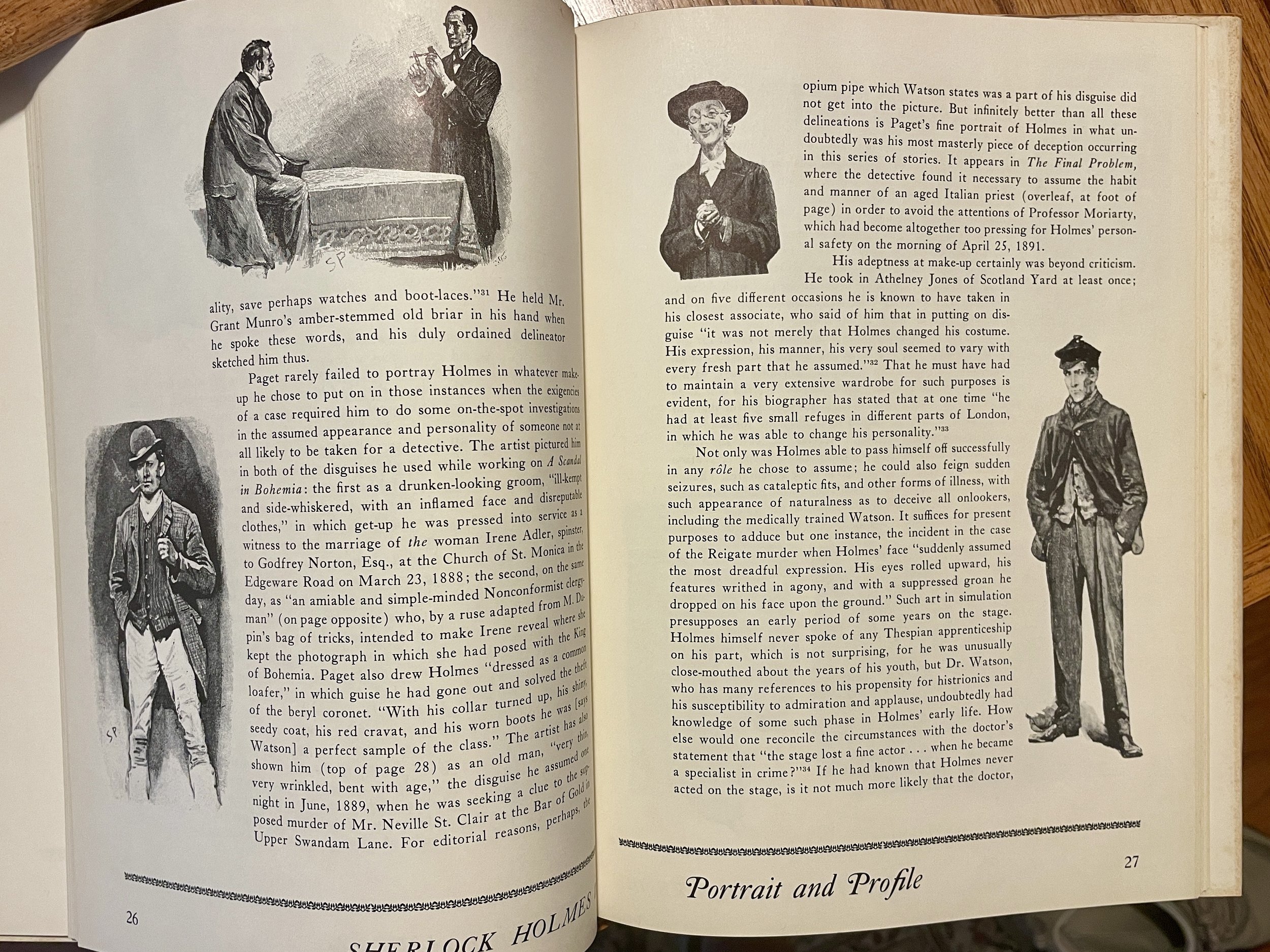
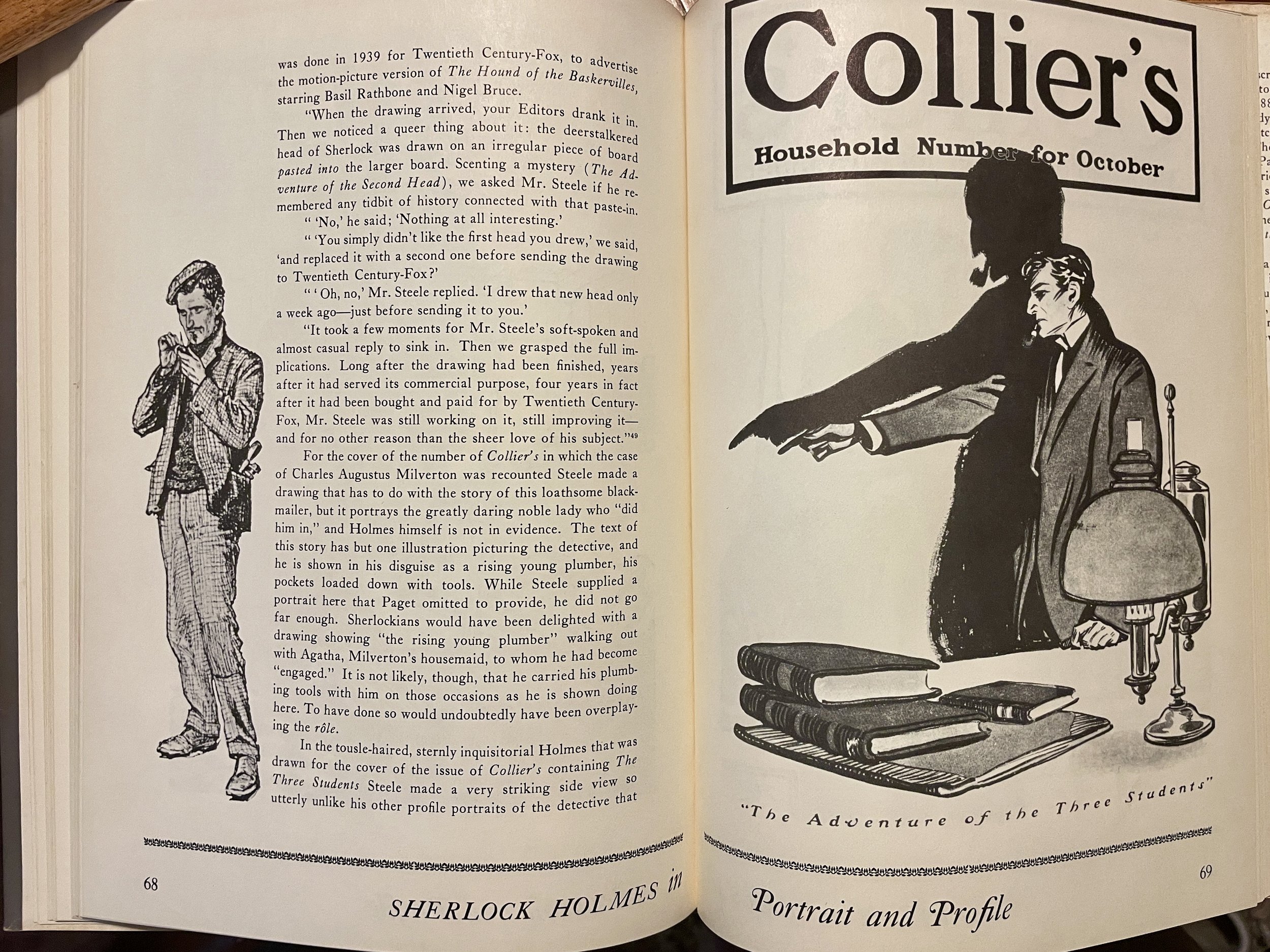
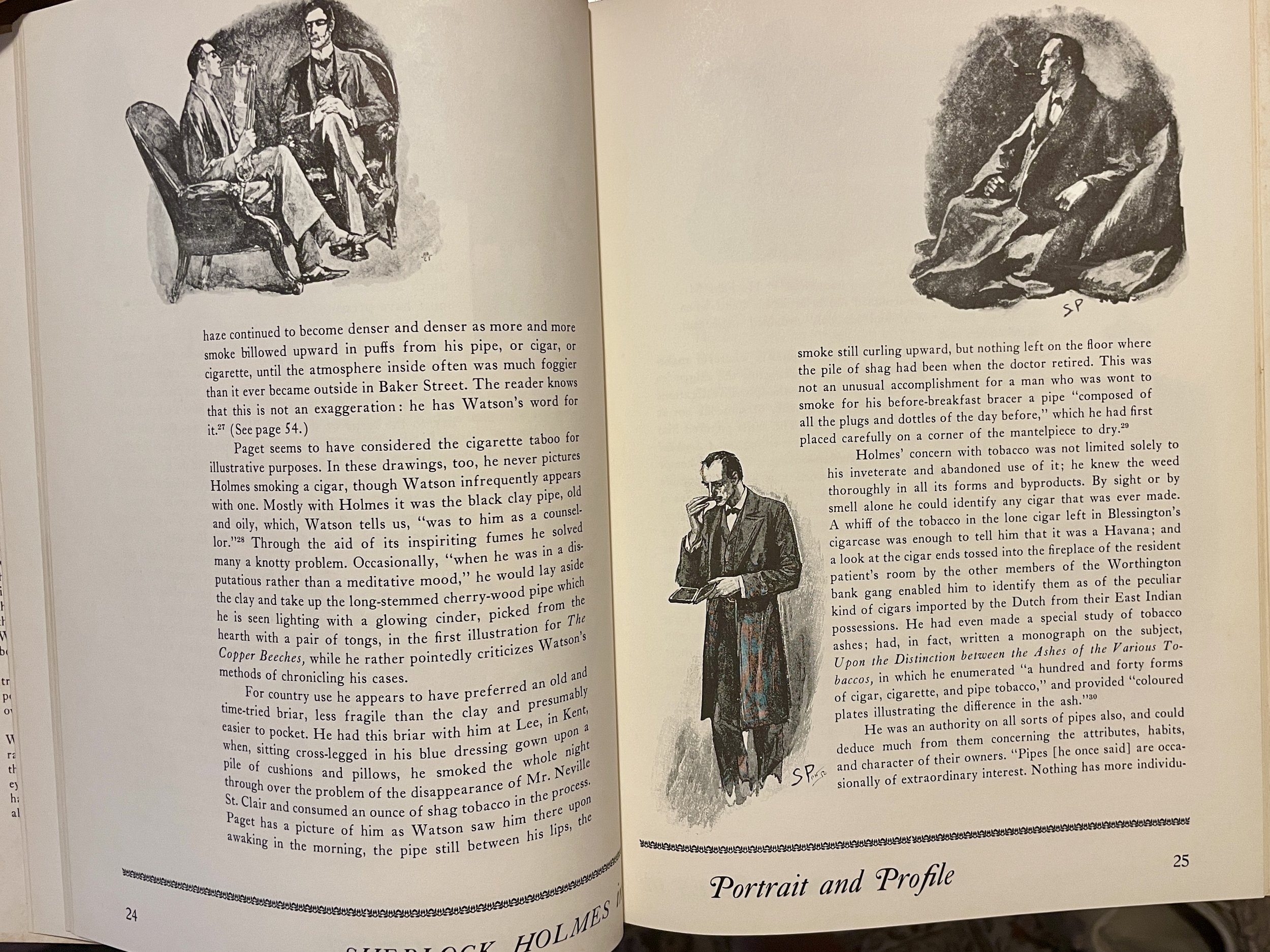
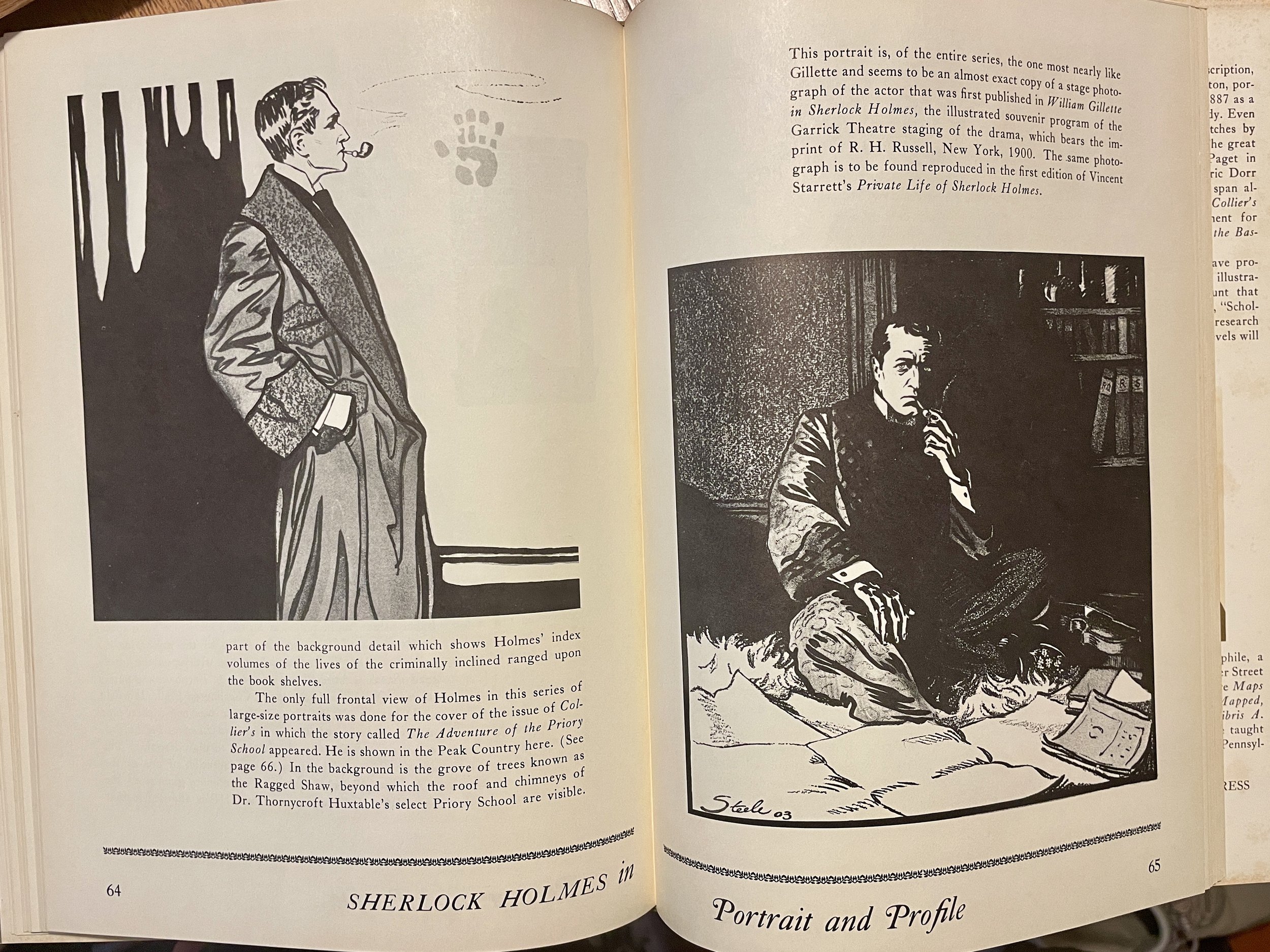
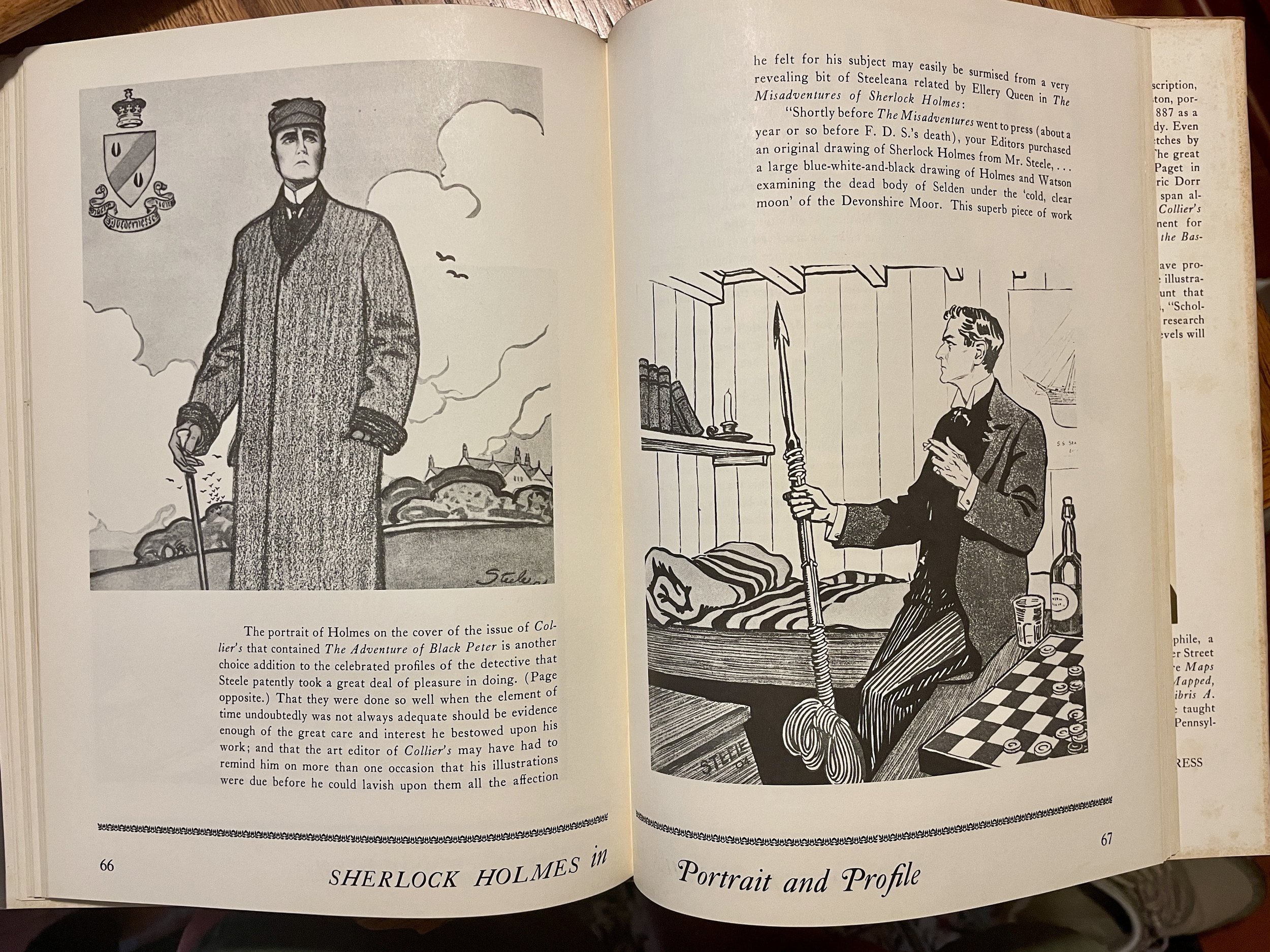
The finished product is a handsome work indeed. Oversized and generously littered with drawings from D.H. Friston, Sidney Paget and Frederic Dorr Steele among others, the book made available for the first time illustrations that had been sleeping in magazines and pricey books for decades. It would be decades before I could afford to see these illustrations in their first printing. To have such a large sampling available in one place was a treasure.
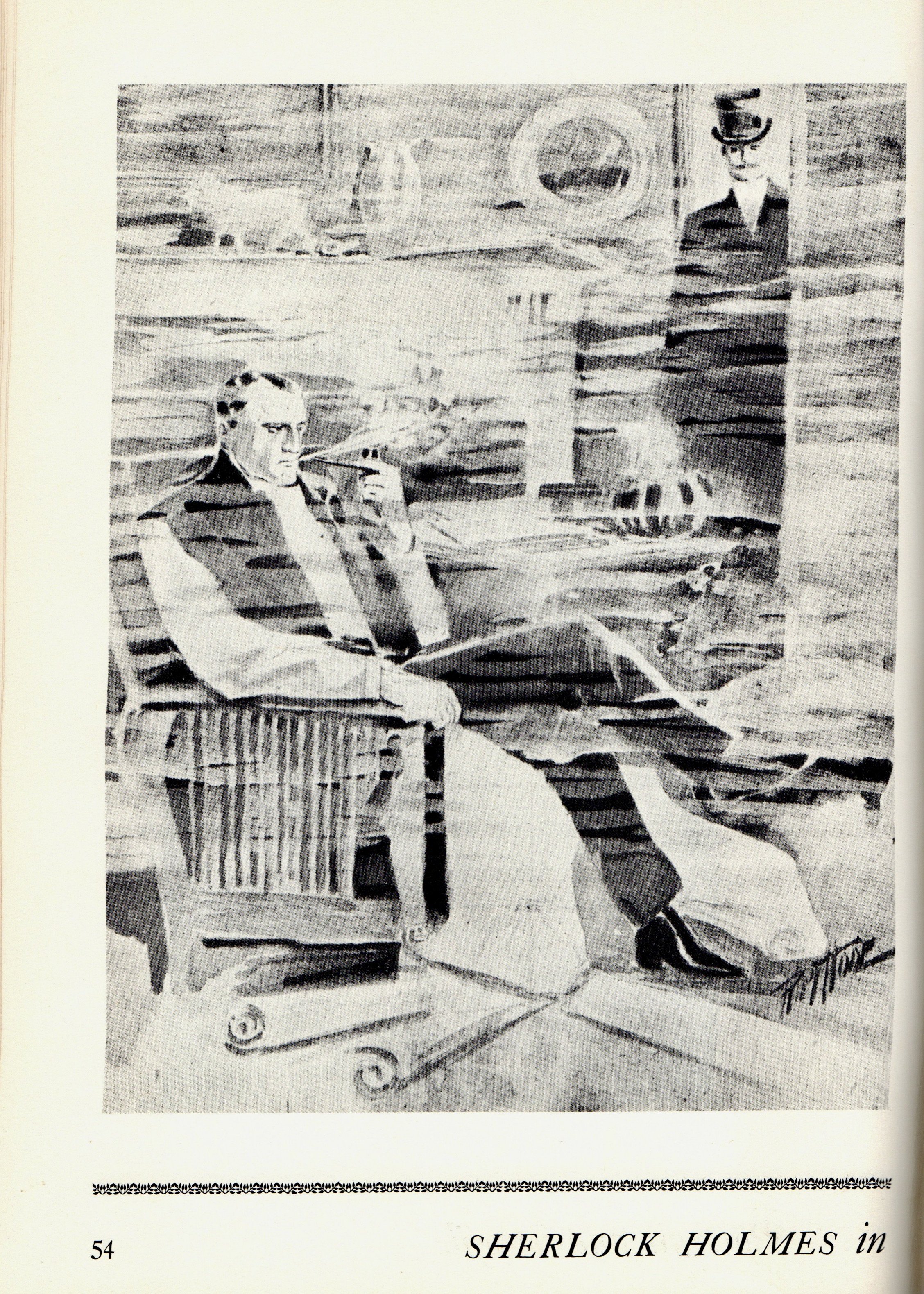
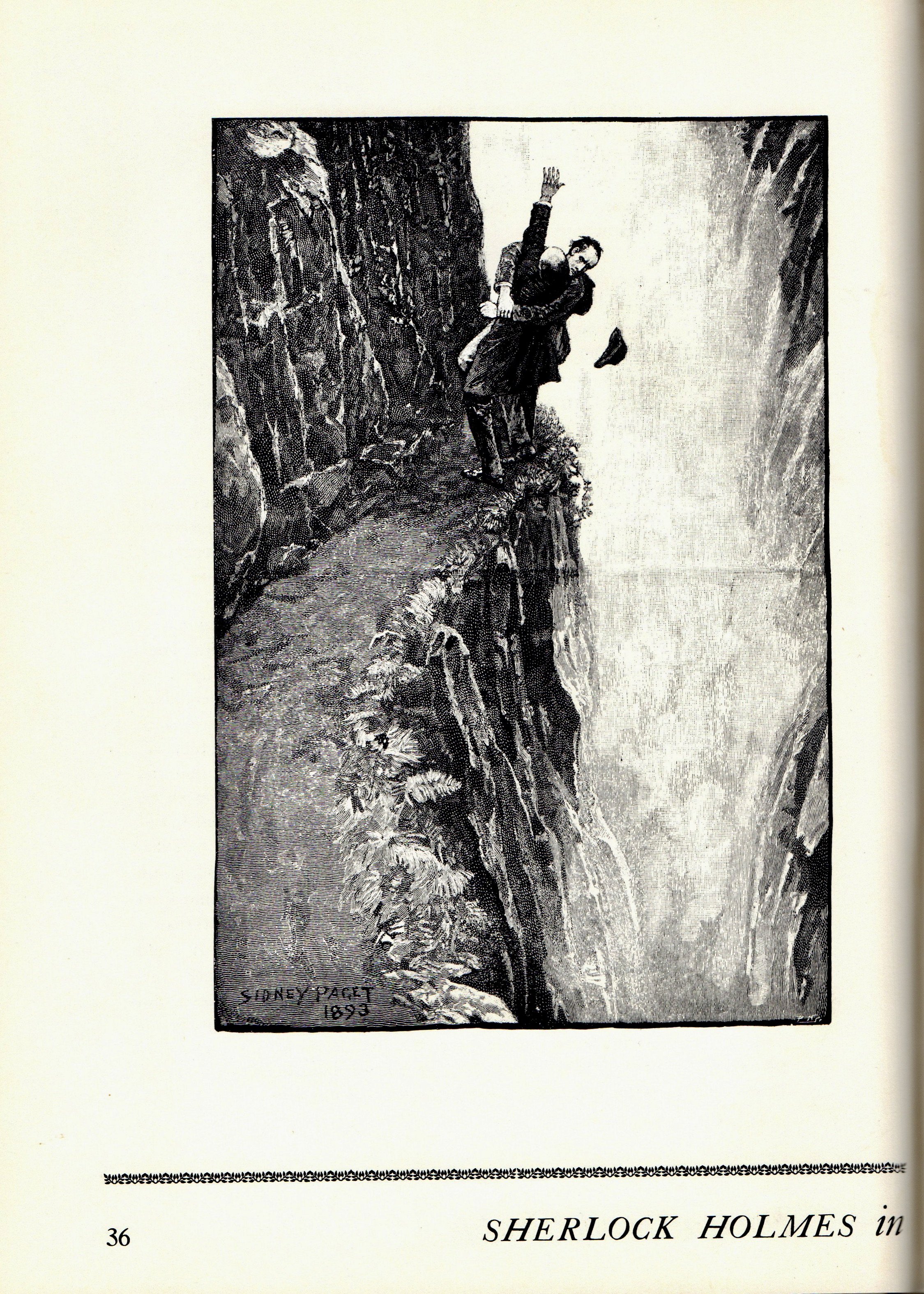
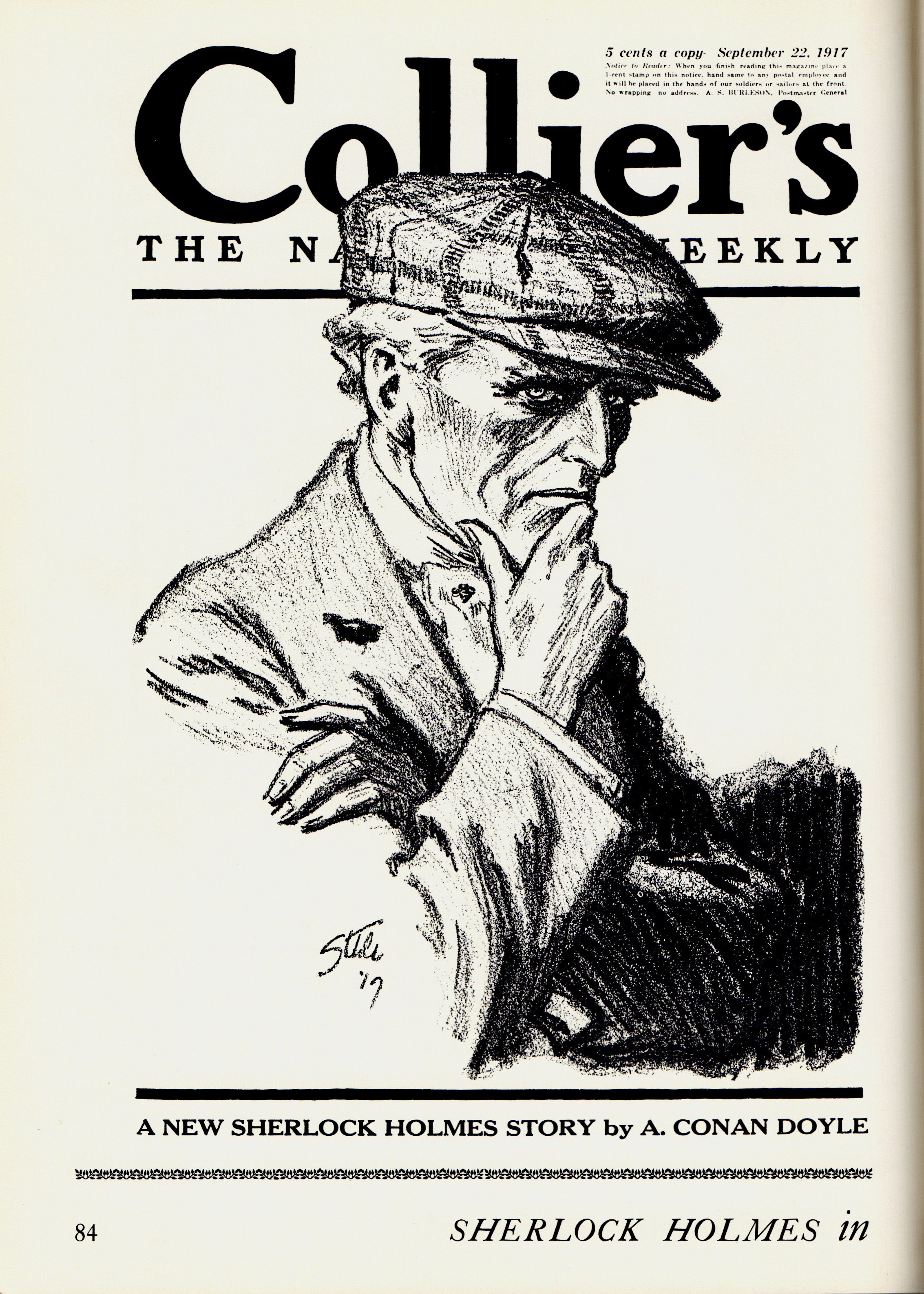

Starrett’s two-page introduction quickly gets to the point: While no one knows what a criminal looks like, everyone—“you and I and the man in the street, the schoolboy and the college president, the bus conductor and the millionaire on his yacht”— knows that a detective looks like Sherlock Holmes. Starrett explains the charm of Klinefelter’s work combines “an enchanting picture-book and fascinating research that admirers of the Master on all levels will hail with satisfaction.” As usual, Starrett’s comments were on the button.
Also as usual, he was paid nothing for his efforts.
Looking over the book today, Klinefelter’s work holds up remarkably well. While there have been many other more detailed studies (see Burt Wolder’s excellent piece in A West Wind, published this year by The BSI Press for example), Sherlock Holmes in Portrait and Profile remains a solid bit of research and illustration. Even though the illustrations are not as rare as they once were, having them together with Klinefelter’s appreciative notes make for a great foundation for future research. If you don’t own this book, it is worth looking for a copy.
By the way, the book originally sold for $5.50, about $50 in today’s money.
I should also note that in 1975, a softbound edition was published by Schocken Books, New York. Both editions are pretty easy to find on the used market.
A Packet of Sherlockian Bookplates
Even as the years rolled by on his magnum opus, Klinefelter was tinkering with other ideas. By the early 1960s, he was feeling closer to not only Starrett, but some of his fellow Sherlockian colleagues.
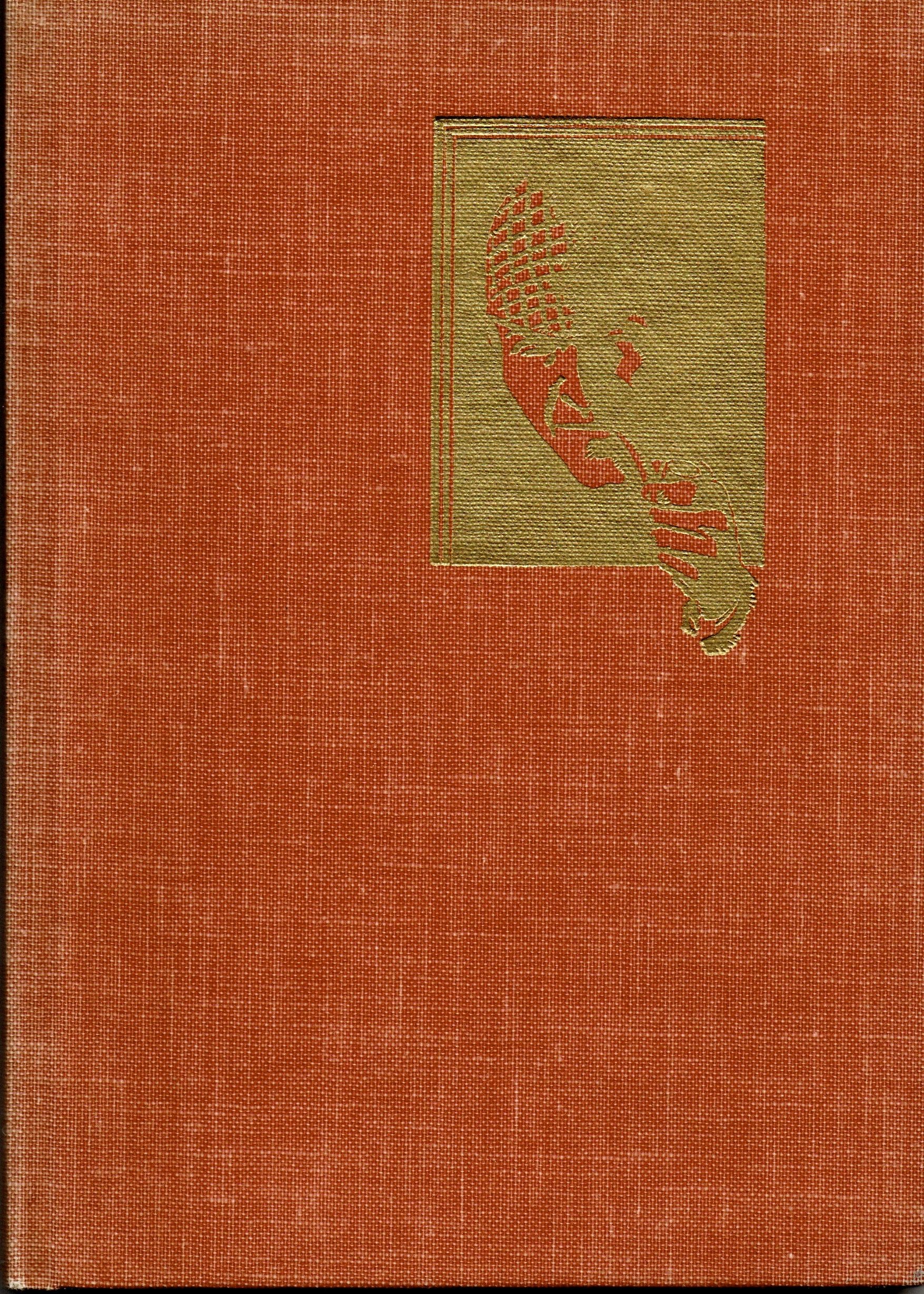

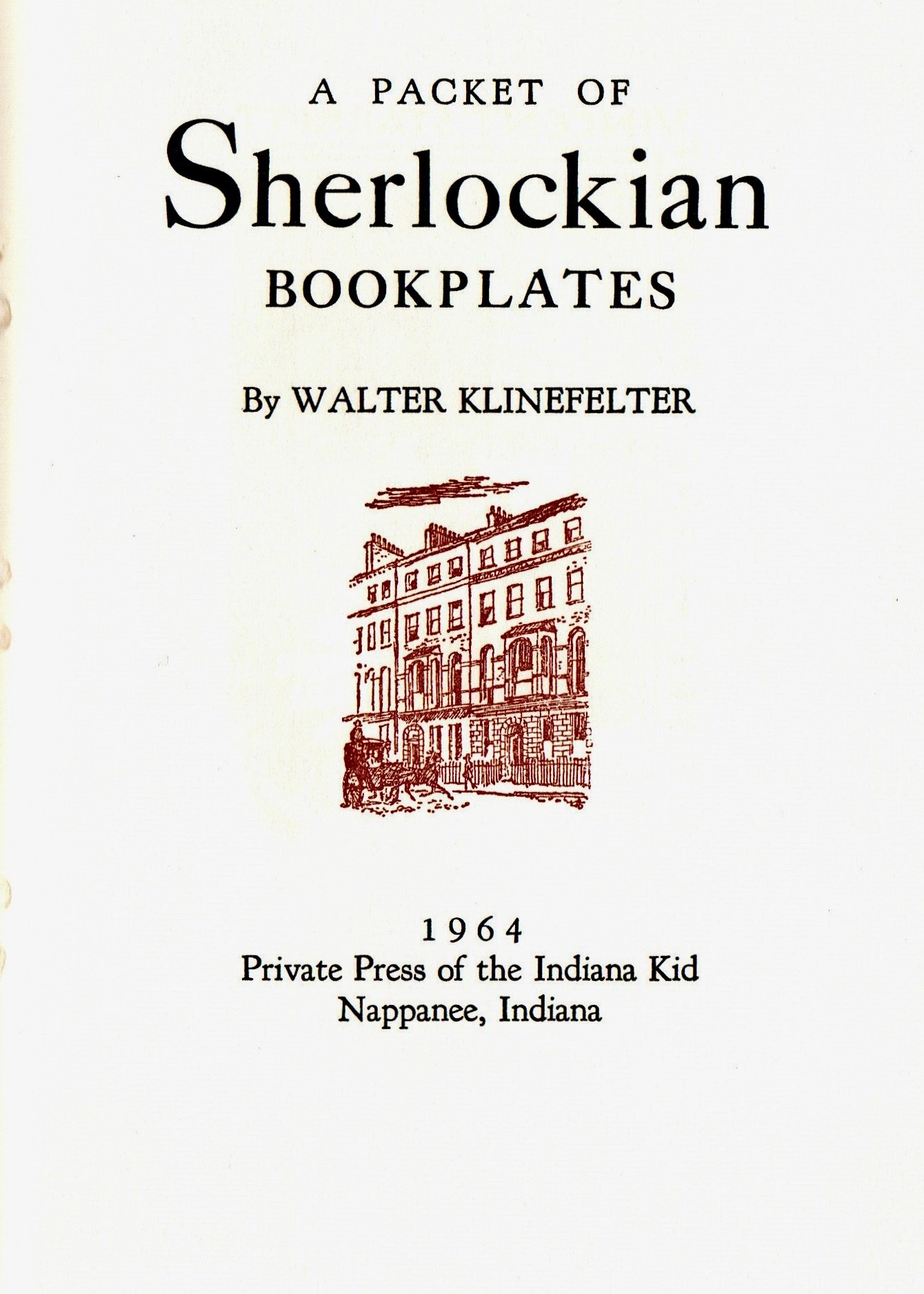
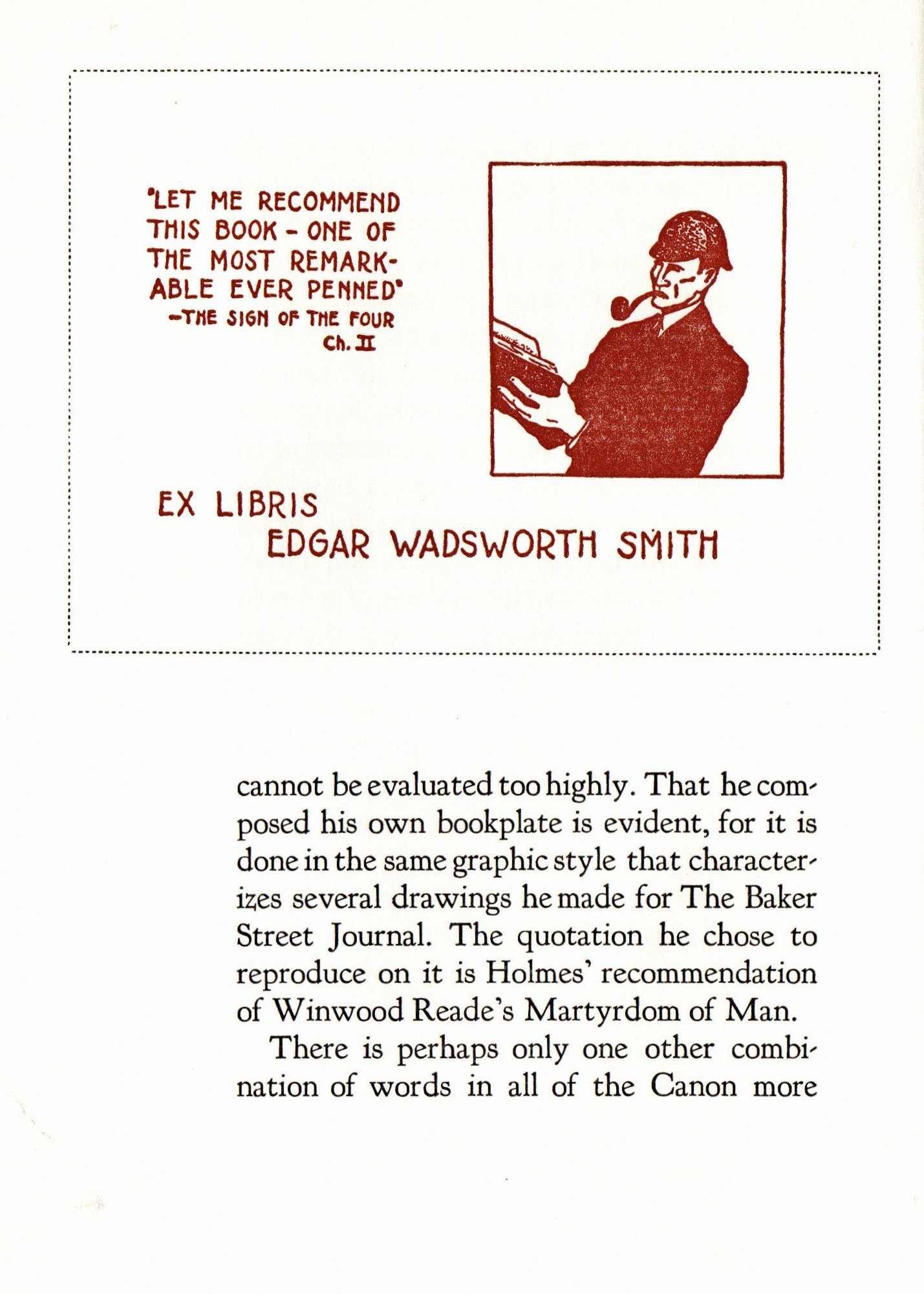
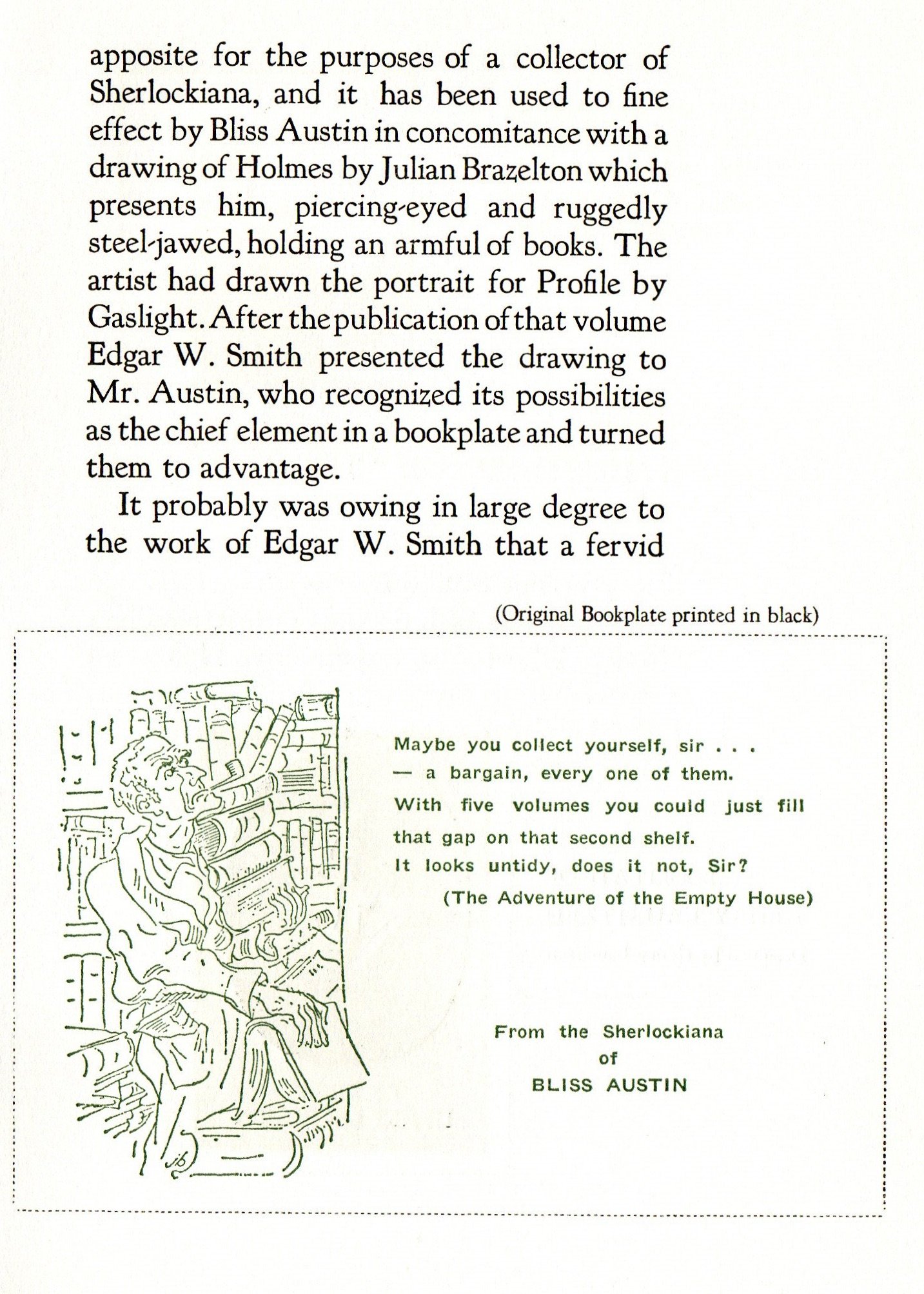
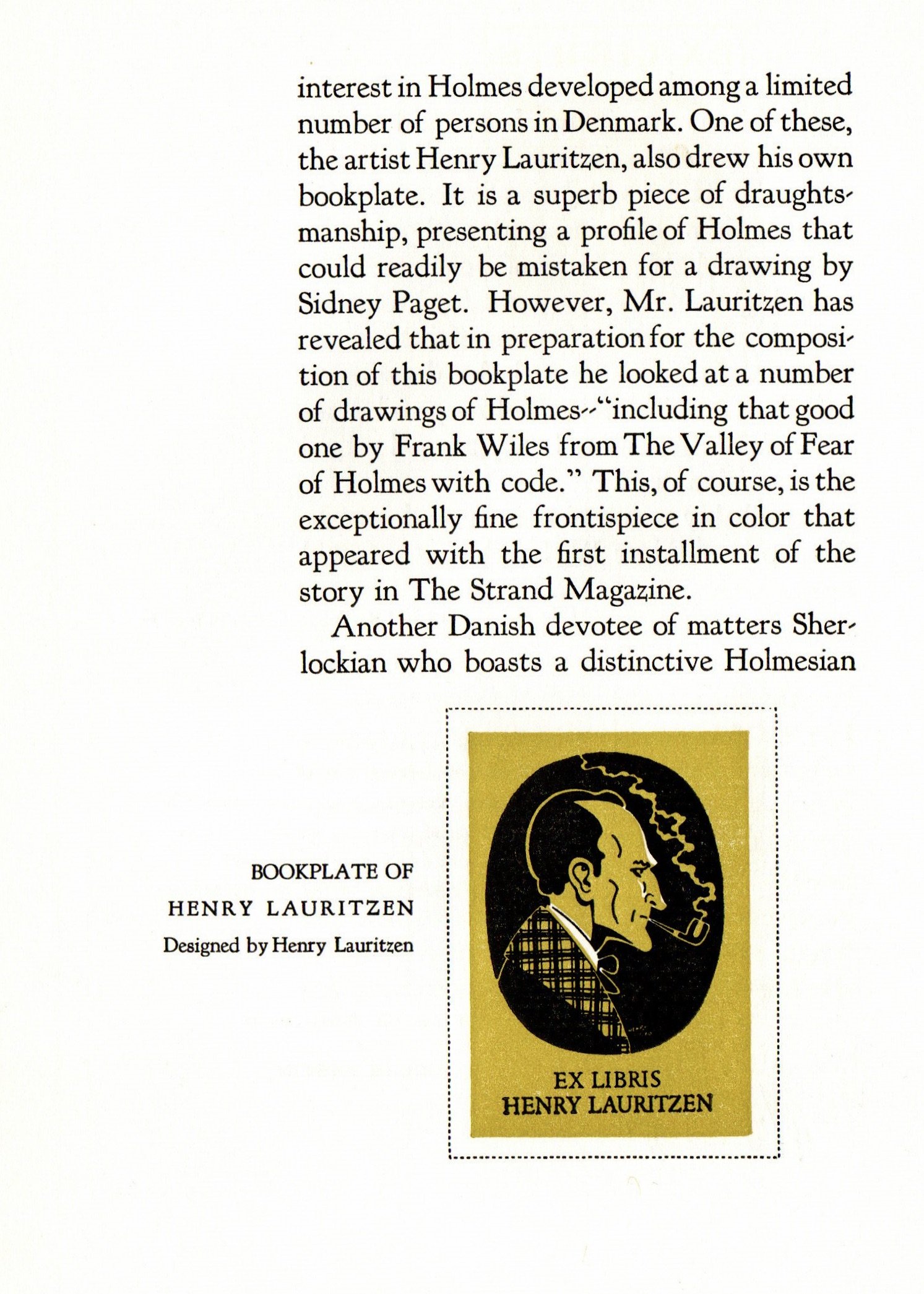
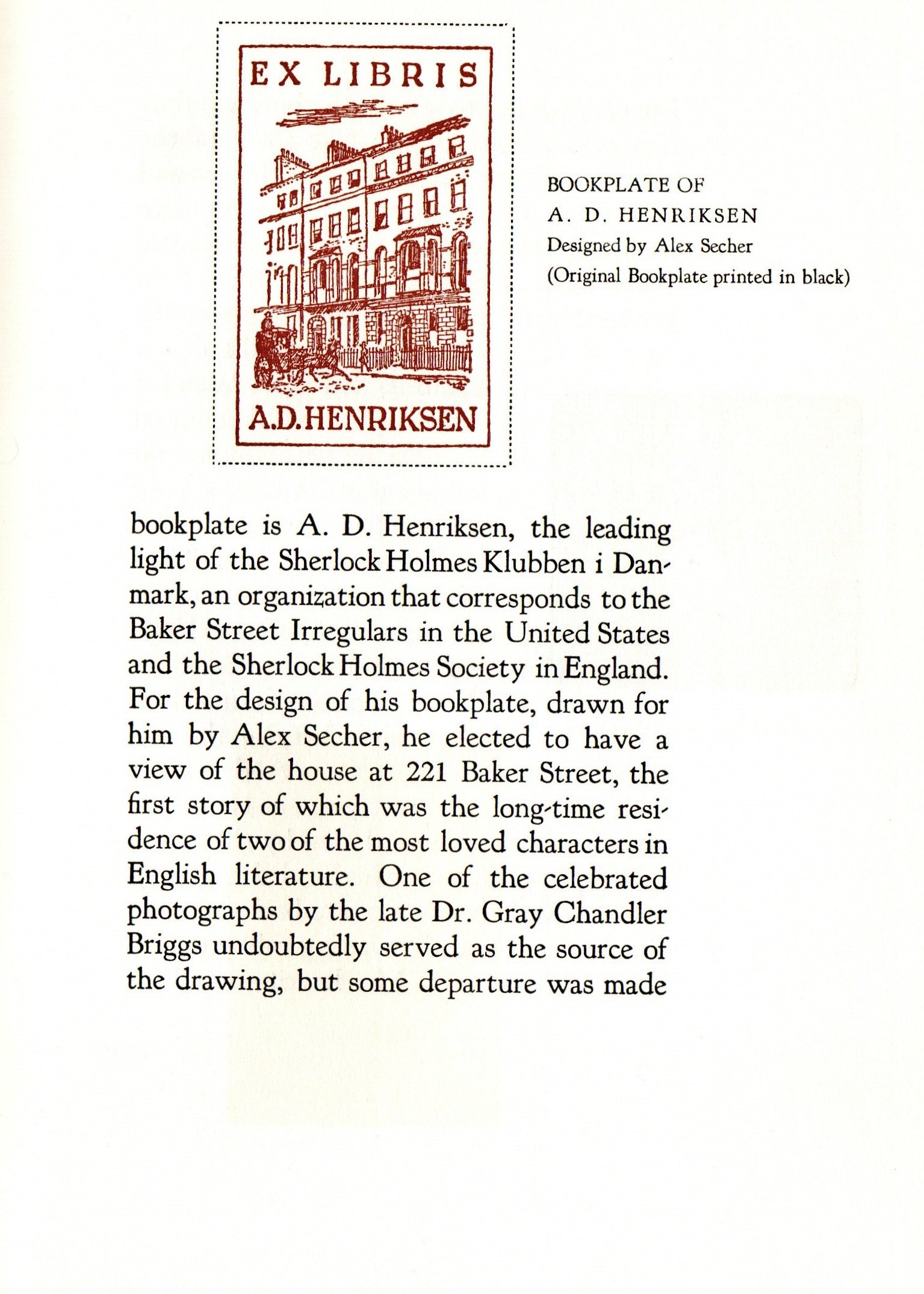
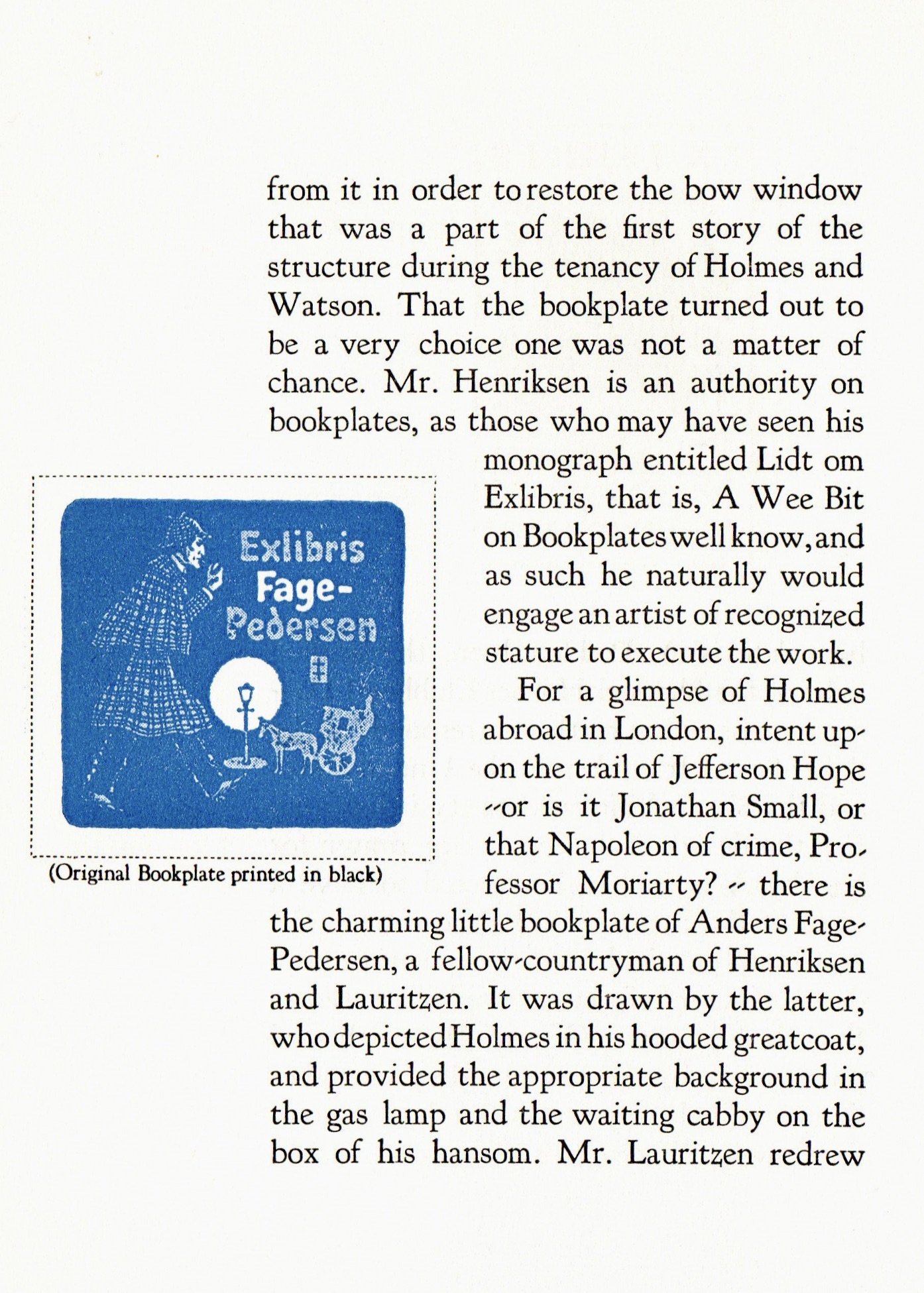
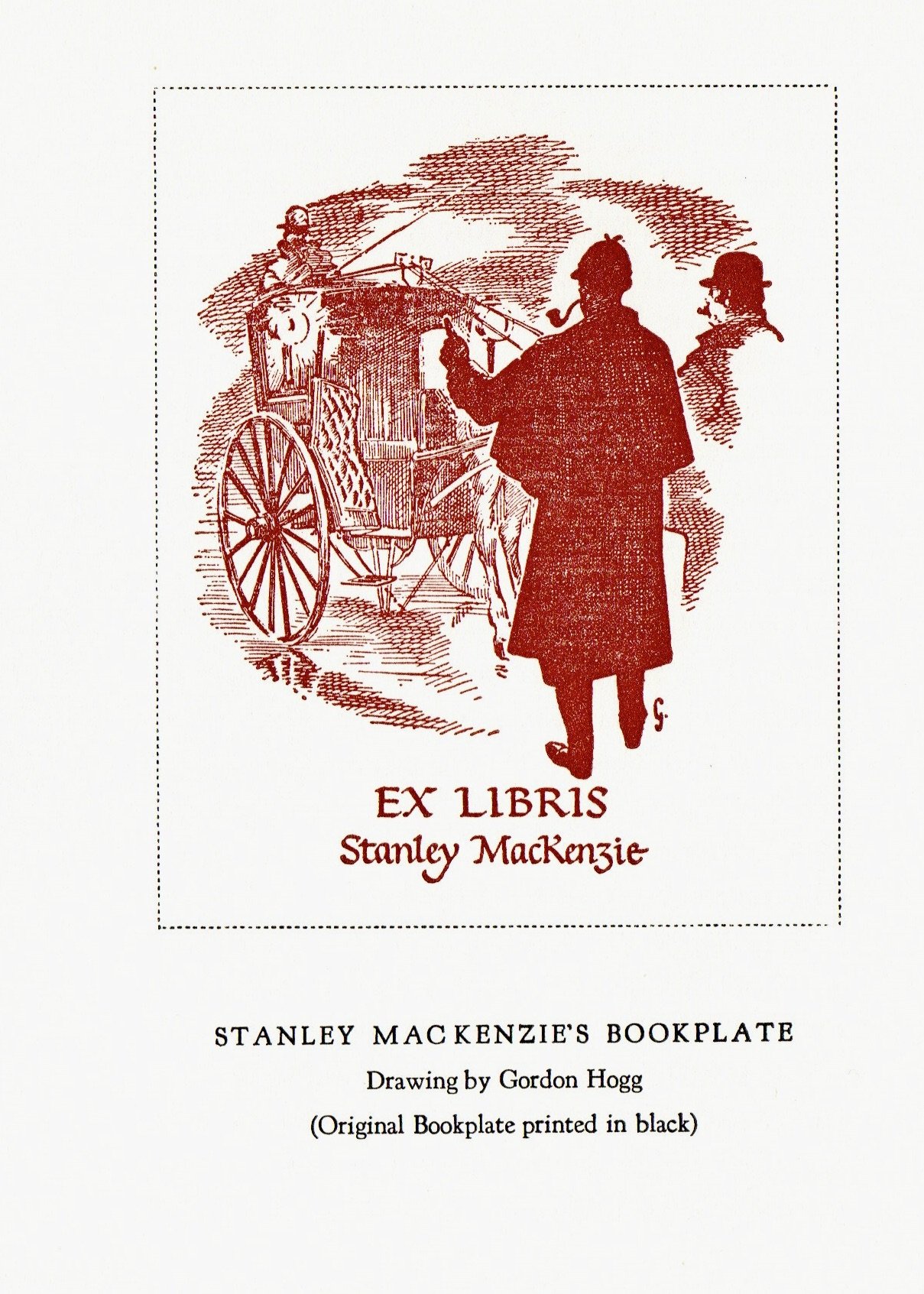
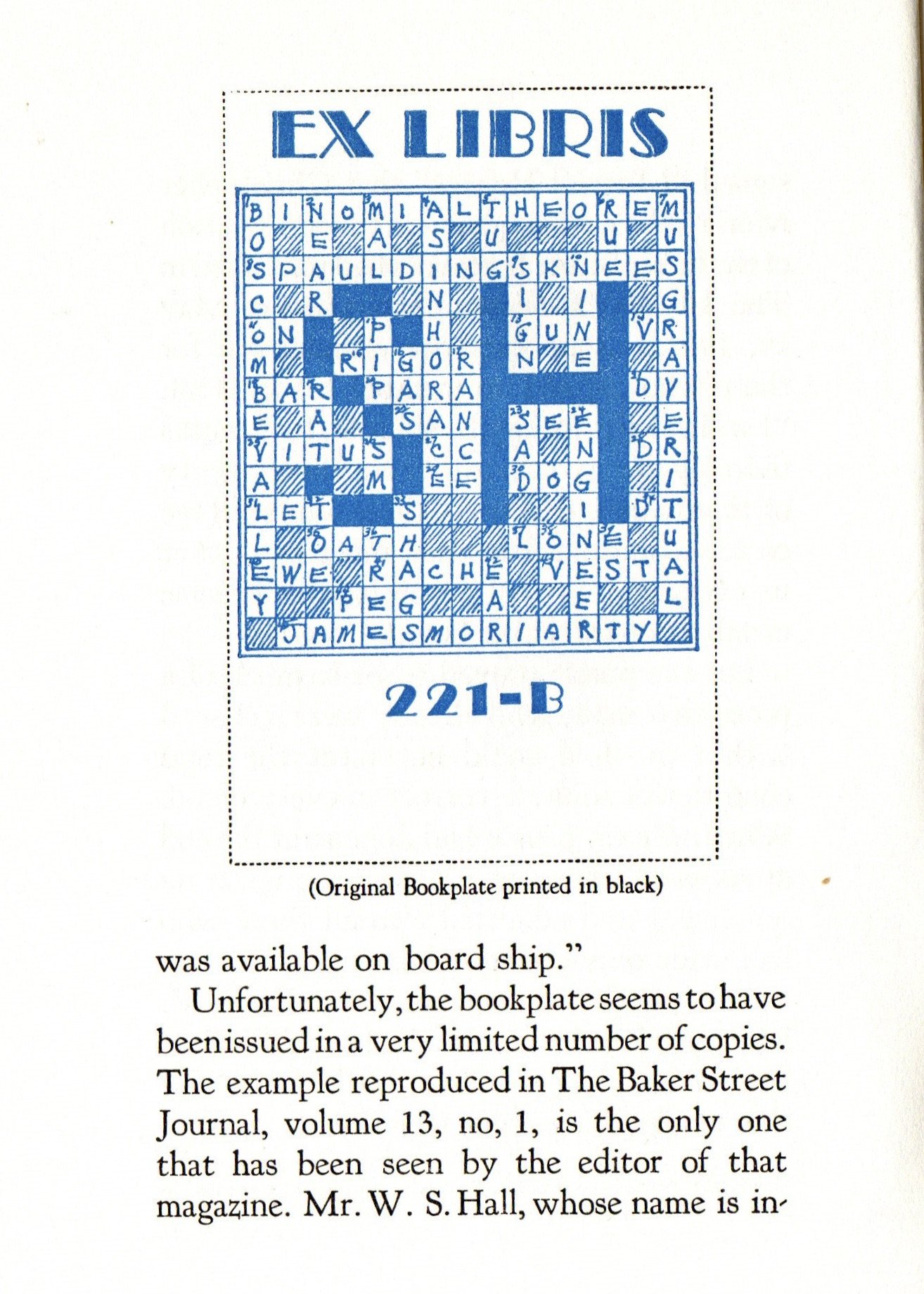
Invested in the BSI in 1962, he corresponded with others in the United States and around the world. He was also a subscriber of The Baker Street Journal, and noted that the BSJ periodically reproduced the Sherlockian bookplates of Irregular collectors.
With the University of Syracuse Press moving slowly on Sherlock Holmes in Portrait and Profile, Klinefelter was already at work on a project that would pull those bookplates into one collection. A Packet of Sherlockian Bookplates is not a packet at all, but a handsomely produced little booklet of 24 or so pages, reproducing the bookplates of well-known Irregulars.
Klinefelter had the good fortune of attracting James Lamar Weygard, a fine book printer who operated under the Private Press of the Indiana Kid, to print the booklet. There were 150 copies produced.
Starrett’s bookplate is featured on the cover and comes first in Klinefelter’s survey. Created by artist Fridolf Johnson, it remains one of the best-known of its kind.
(It would be interesting to see a contemporary take on the same subject. I’m certain there are some interesting bookplates floating around that did not exist back in Klinefelter’s day. Just saying.)
Origins of Sherlock Holmes
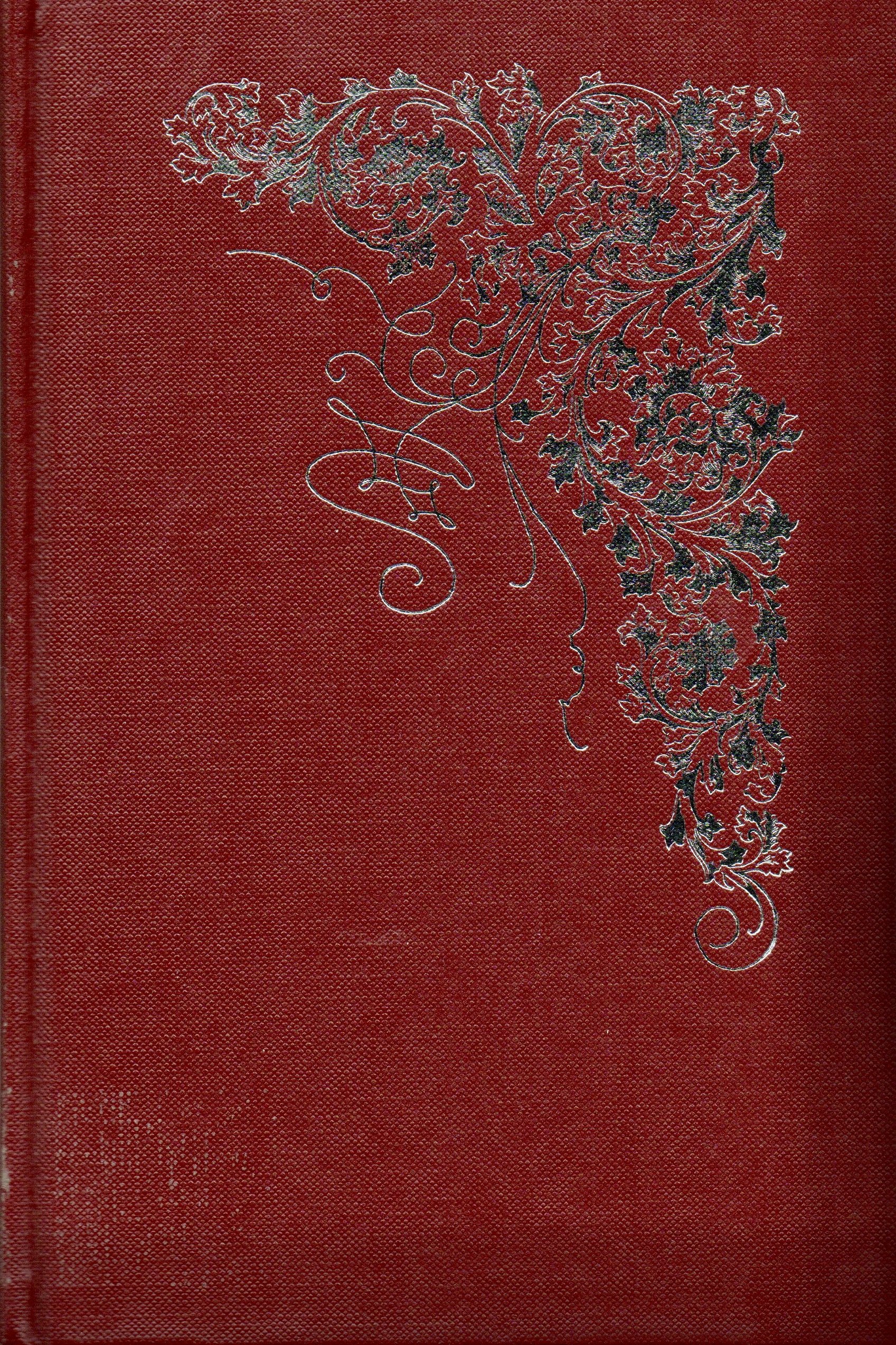
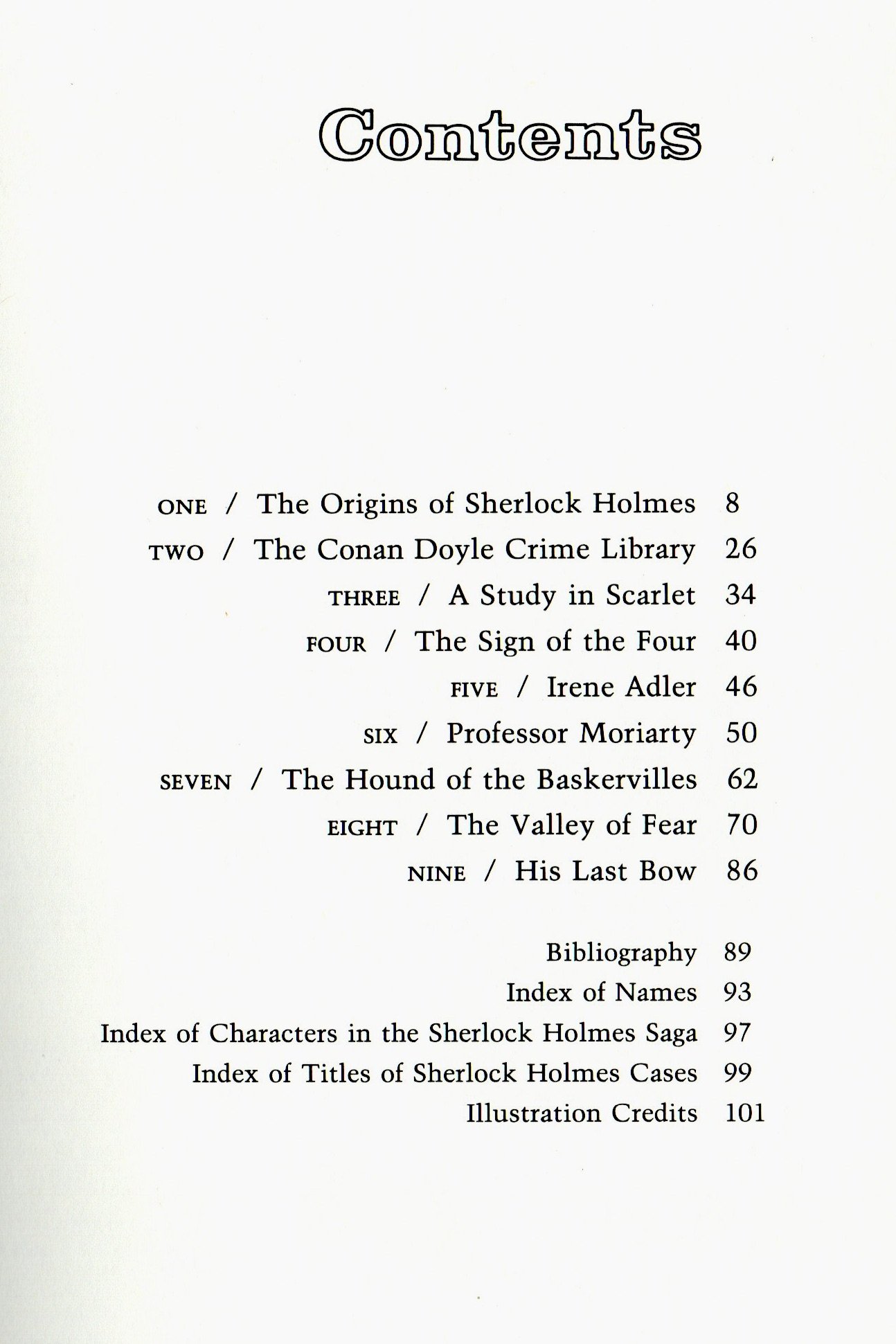
Late in life, Klinefelter pulled together the trifling monographs he had written over the decades about Sherlock Holmes. They were published between crimson hard covers in 1983 by Gaslight Publications in Origins of Sherlock Holmes.
Klinefelter’s essays have the feel of the Golden Age commentaries on Holmes circa World War II, when broad public commentary on Holmes was just opening up and many of the basics we now take for granted were still being written with glee. The volume must have pleased the old Pennsylvanian, then in his 84th year.
Self Portraits by Vincent Starrett
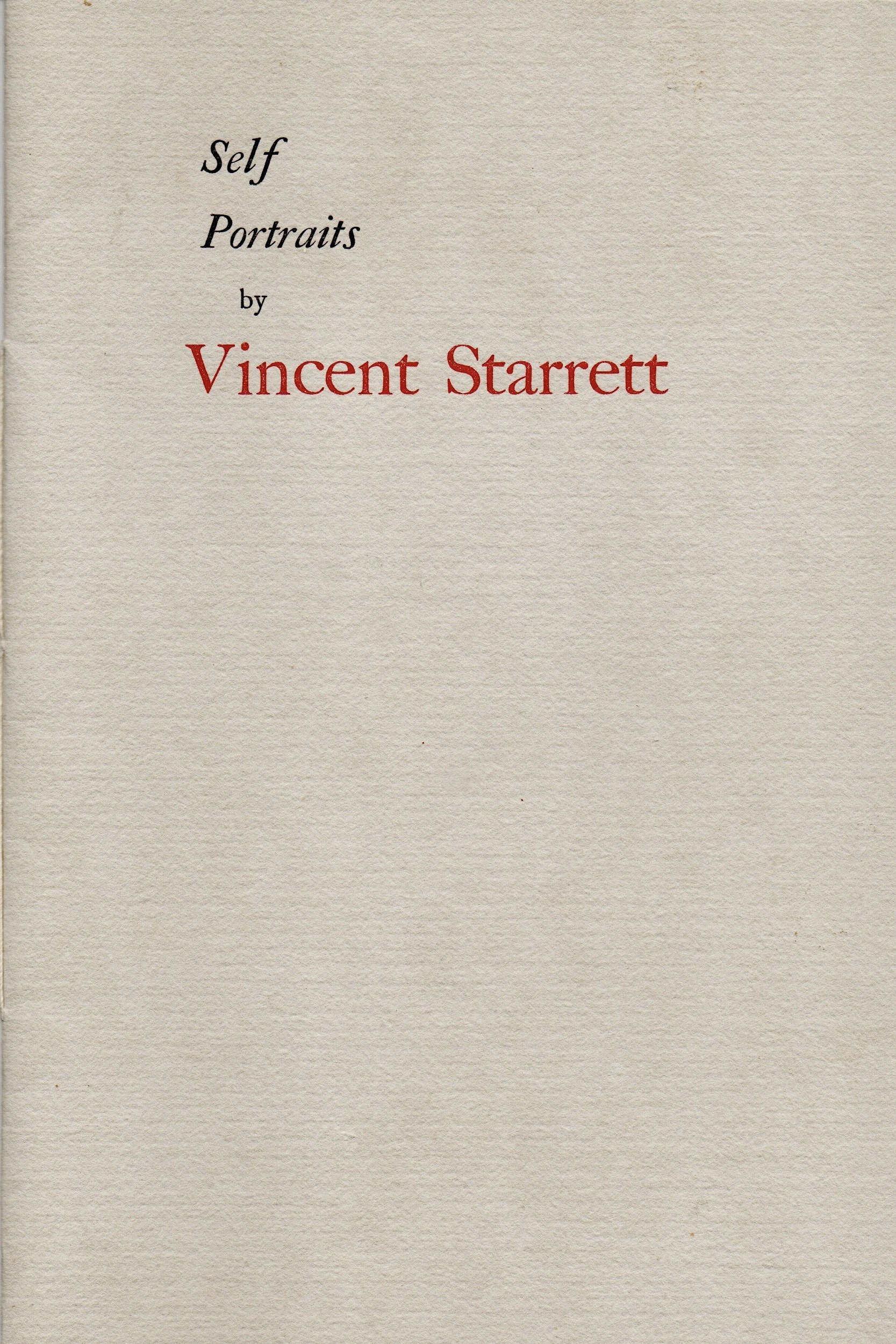
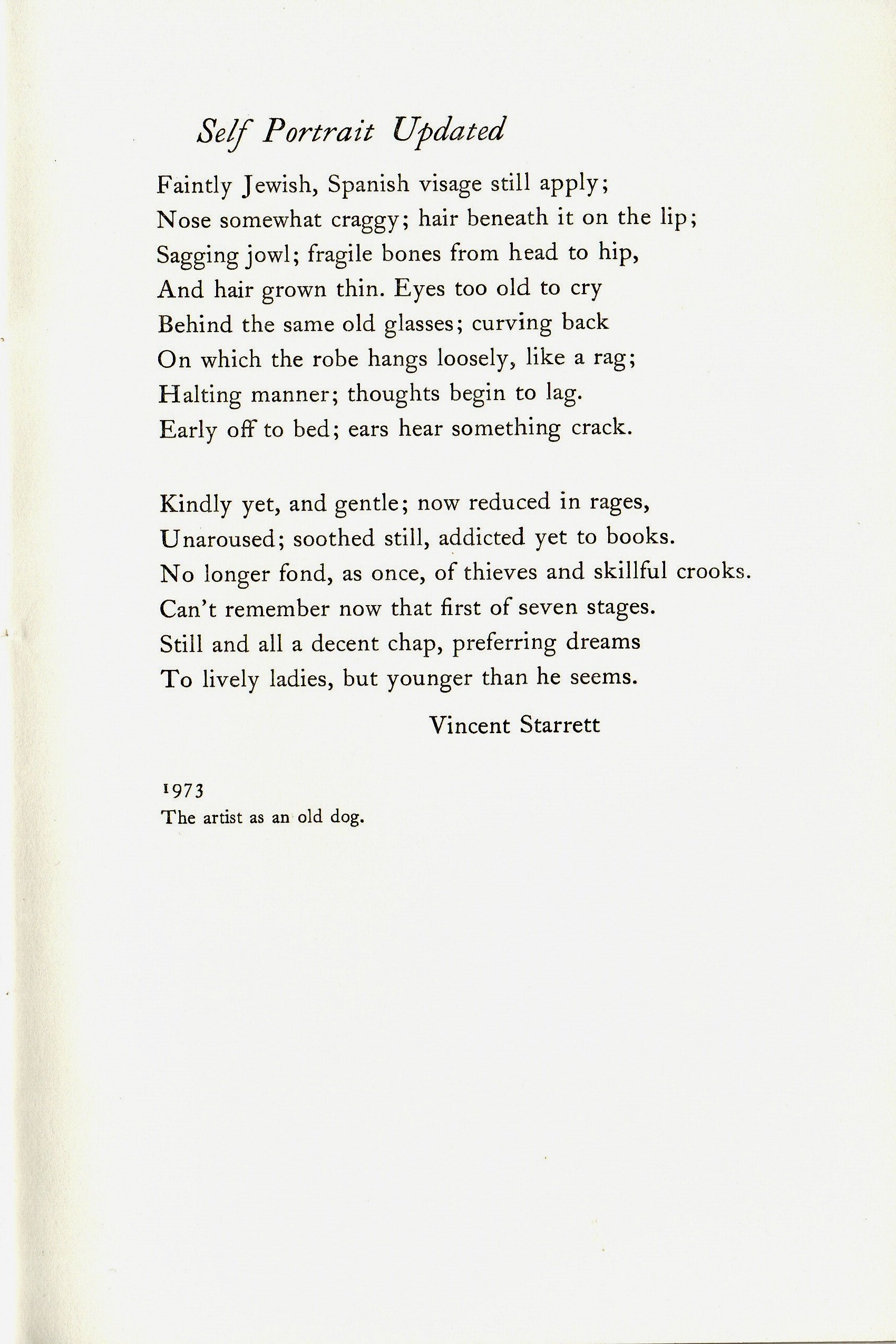




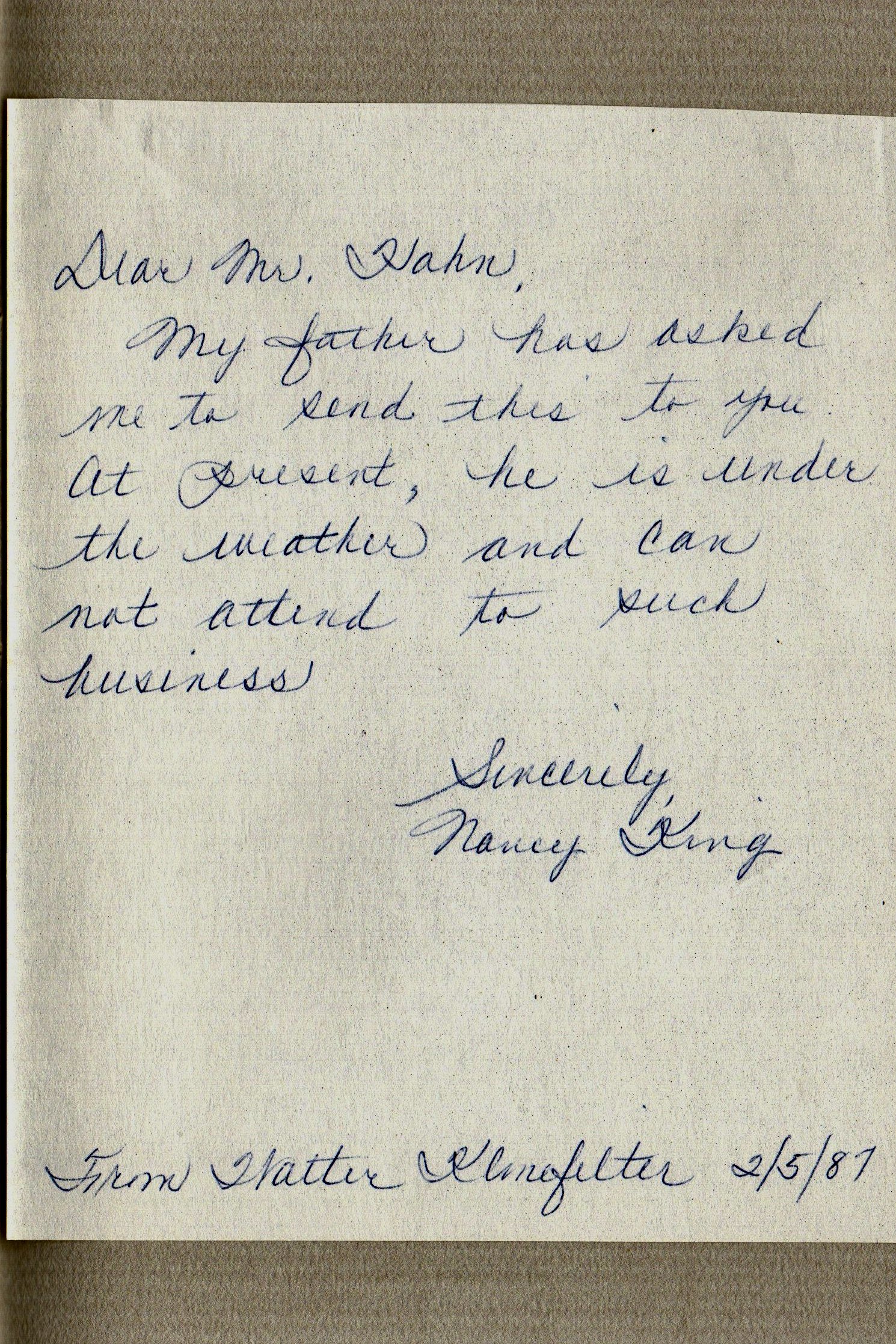
In 1986, while in his last illness, Klinefelter produced a final booklet dedicated to the memory of his old friend Starrett.
There are two poems here, both self portraits, but written 56 years apart. While these can be found elsewhere, the booklet more importantly reproduces two hand-drawn images of Starrett by Starrett.
The one drawing for Phil K. Davis, was apparently done on an illustration of Starrett originally drawn by Gene Markey in the 1920s. (You can see Markey’s caricature here.)
Only 25 copies of the booklet were reproduced “at the Sumac Press to the order of Walter Klinefelter for the centennial of Vincent Starrett’s birth.” In the back of my copy is a handwritten note from Klinefelter’s daughter to Irregular Robert Hahn, dated Feb. 5, 1987. She says her father is “under the weather” and she is sending him the booklet because he can’t “attend to such business.” The booklet was clearly done while he was ill and lacks Klinefelter’s usual meticulous notations and order.
Klinefelter would die five months after it was published at the age of 87.
Walter Klinefelter published a number of other booklets in his lifetime. He was also a major collection of Vincent Starrett’s works and at one time has a number of Starrett manuscripts in his personal library. While the two men never met in person, it’s clear that a love of books and a shared affection for Sherlock Holmes was a profound basis for their five decade friendship.



